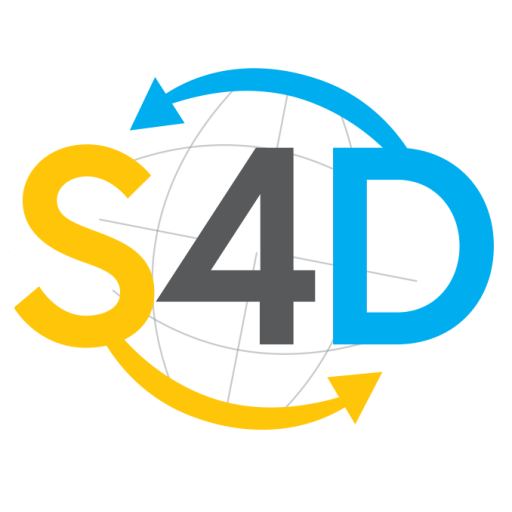The Coronavirus crisis shows us how fragile and sensitive our living environments are. Everywhere taken for granted infrastructures collapse, or it becomes clear that they are insufficiently available or maintained. It has become apparent that we are far from having an overview of the situation. Everywhere researchers and journalists call for more data to combat the spread of the virus, and for more evidence to understand policy measures.
In some areas data is already available, and openly shared, such as the genetic sequence of the virus. In other domains, data are pouring in slowly, are not publicly accessible or simply not available at all, i.a. for the study of the socio-economic determinants of the pandemic. Now Science Diplomacy is needed to support and coordinate the openness and international cooperation of science, industry and policy, so that research can not only help to stop the pandemic and tackle its wider impact, but also to define the necessary principles and protocols for future access to scientific knowledge in times of crisis – and not only then.
All countries are turning to science….
The COVID-19 pandemic and related global measures are defining a “breaching event”, an event so exceptional that it serves to highlight and make visible the normally implicit and hidden structures underlying the apparently smooth functioning of society. When these structures fail, break down, or even overreact, it has a major impact on the future of societies. But it also offers the opportunity to take new and better paths and to approach problems differently.
“All countries are turning to science. “, is stated in the UNESCO dialogue of March 30th, 2020, because political decision-makers everywhere now seem to trust in scientific expertise more than ever. The curve that is to be flattened has become an icon of the crisis. Statistical indicators, social scientific models and epidemiological simulations are being discussed in the media. Big Data’s recent promises of salvation – be it to control the behavioural patterns of societies or to warn each individual of risks by means of mobile tracing applications – point to the uncertainties that are to be eliminated by means of any possible data collection, even if the questions and methods are far from being fully developed.
The scientific community has shown in exemplary fashion how important it is to organise an open and broad exchange of information efficiently in order to understand the situation, and to develop and test a vaccine or necessary medication as quickly as possible. Open Science is central to this, and with it the sharing of results, data and methods. We are experiencing a shift towards Open Science at a speed that was previously unthinkable. It began with the publication of the genetic sequence of COVID-19 by Chinese scientists in early January 2020 via GenBank – an open access DNA database operated by the US National Center for Biotechnology Information. Since then, gene sequences, data, codes and articles have been continuously published, mostly without delay, as they are openly accessible on preprint servers. Not yet peer-reviewed results are shared with the research community via bioRxiv and medRxiv and via COVID-19 SARS-CoV-2 preprints, which can immediately be reviewed and tested by the research community. Datasets such as CORD-19, literature trackers such as LitCovid or the Outbreak Science Rapid PREreview provide access to current activities. Even commercial science publishers are loosening their paywalls in times of crisis and at least partially opening up access to relevant research to everyone online.



